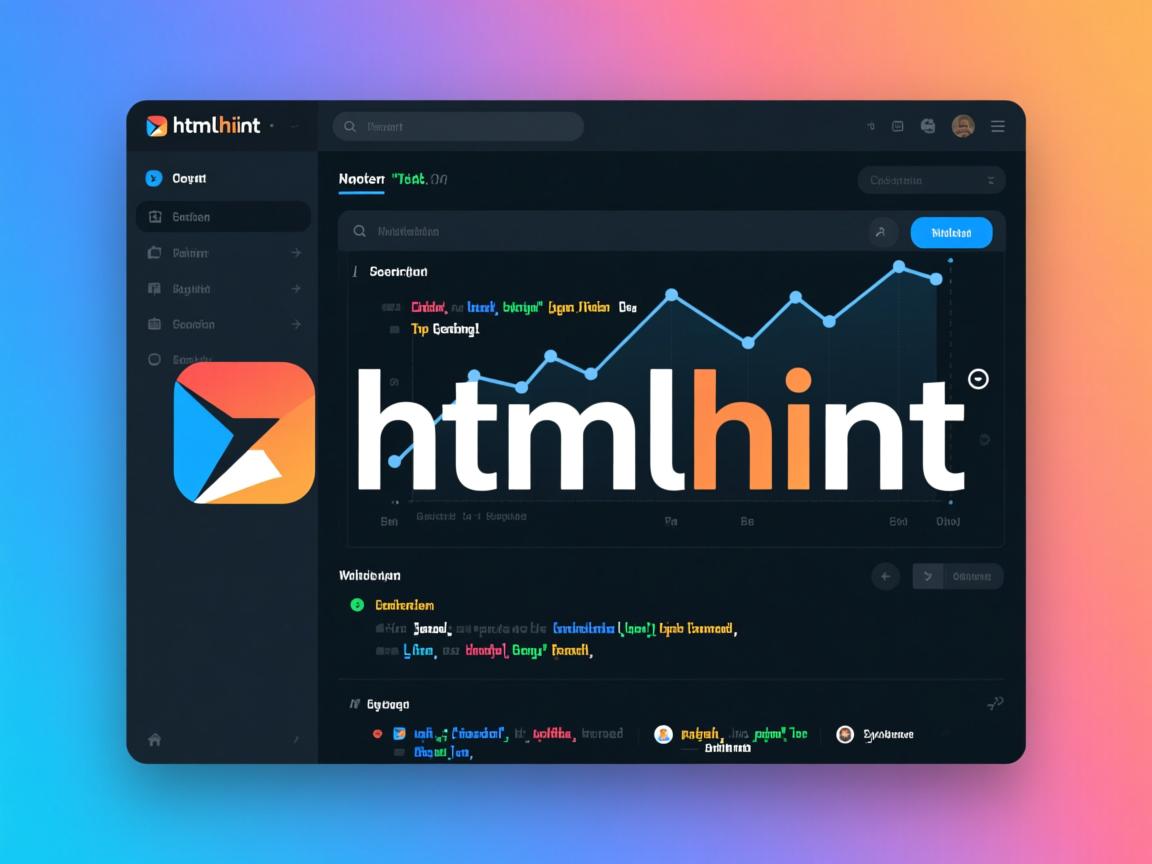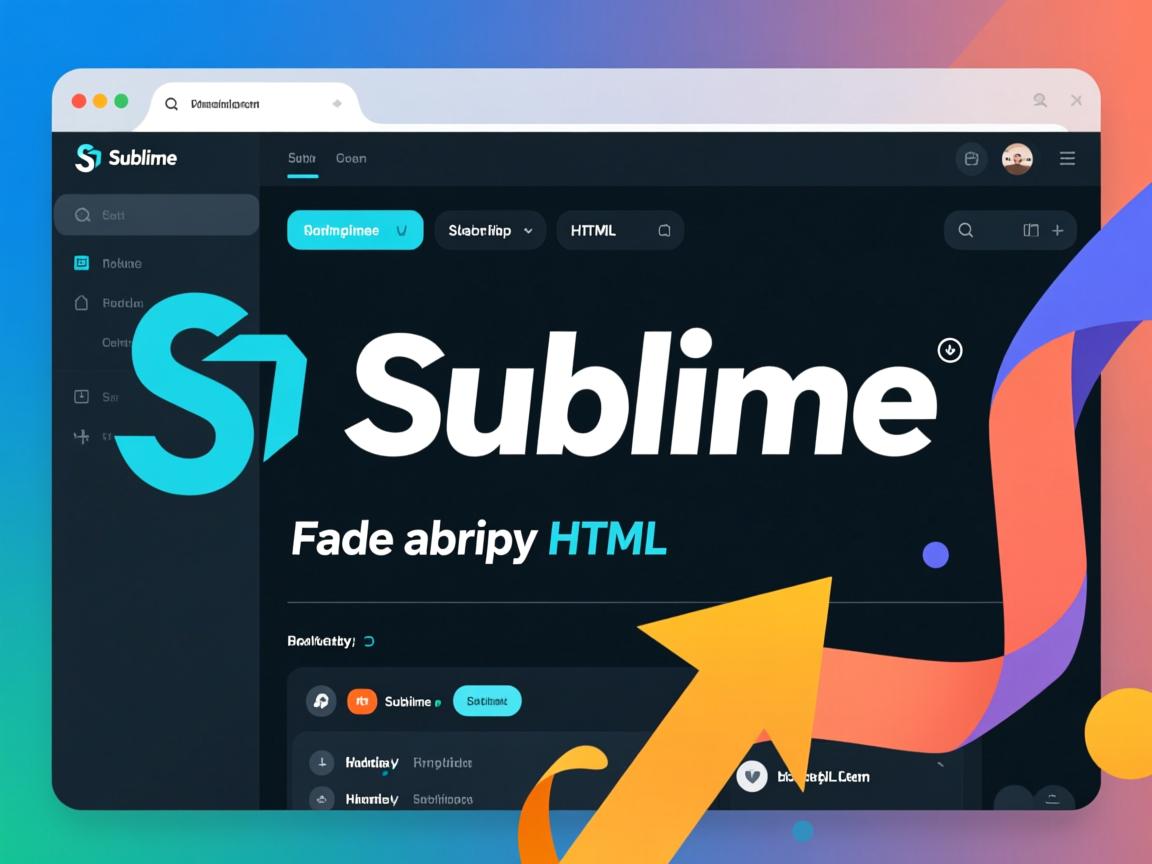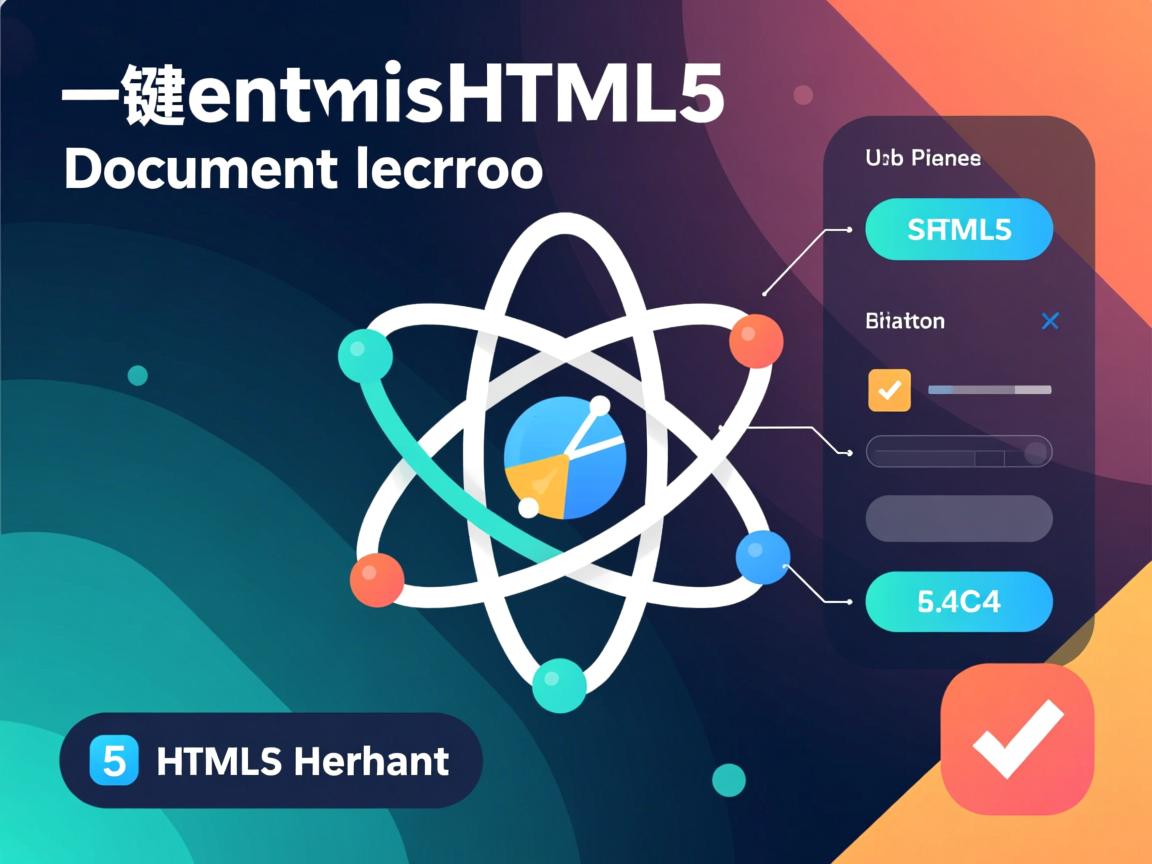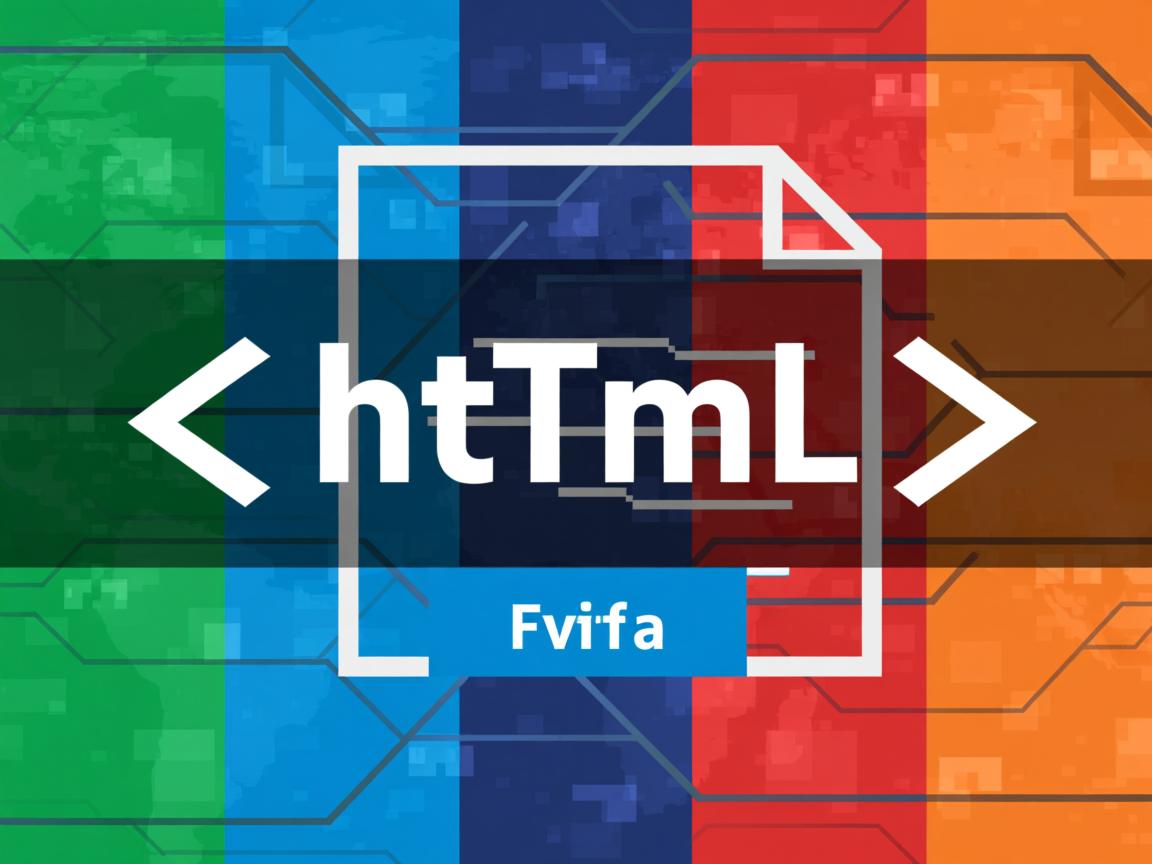上一篇
调用HTML代码可通过在HTML文件中直接编写、使用JavaScript动态插入或服务器端生成,浏览器解析HTML代码以渲染网页内容。
如何调用HTML代码:专业指南
在网站开发中,调用HTML代码是一项基础但至关重要的技能,无论您需要嵌入外部内容、复用组件还是动态加载页面片段,掌握正确的HTML调用方法都能显著提升开发效率和用户体验。
调用HTML代码的核心方法
使用<iframe>嵌入外部内容
<iframe>元素允许在当前页面中嵌入另一个HTML文档:
<iframe src="external-content.html" width="100%" height="500px" "外部内容" sandbox="allow-same-origin allow-scripts" ></iframe>
最佳实践:
- 设置明确的宽高尺寸属性提升可访问性
- 使用
sandbox属性增强安全性 - 考虑响应式设计:添加CSS
max-width: 100%
使用JavaScript动态加载HTML
通过AJAX/Fetch API实现异步加载:
async function loadHTML(url, containerId) {
try {
const response = await fetch(url);
if (!response.ok) throw new Error('网络响应异常');
const html = await response.text();
document.getElementById(containerId).innerHTML = html;
} catch (error) {
console.error('加载失败:', error);
document.getElementById(containerId).innerHTML =
'<p class="error">内容加载失败,请稍后再试</p>';
}
}
// 使用示例
loadHTML('partials/navigation.html', 'header-container');
安全注意事项:来源

- 对用户生成内容进行消毒处理
- 使用CSP(内容安全策略)防止XSS攻击
利用Web Components实现组件复用
现代浏览器原生支持的组件化方案:
<!-- 定义模板 -->
<template id="card-template">
<style>
.card {
border: 1px solid #e0e0e0;
border-radius: 8px;
padding: 20px;
margin: 10px;
}
</style>
<div class="card">
<slot name="title">默认标题</slot>
<slot name="content">默认内容</slot>
</div>
</template>
<!-- 自定义元素 -->
<script>
class CustomCard extends HTMLElement {
constructor() {
super();
const template = document.getElementById('card-template');
const content = template.content.cloneNode(true);
this.attachShadow({ mode: 'open' }).appendChild(content);
}
}
customElements.define('custom-card', CustomCard);
</script>
<!-- 使用组件 -->
<custom-card>
<h2 slot="title">专业HTML指南</h2>
<p slot="content">学习如何高效调用HTML代码</p>
</custom-card>
服务器端包含(SSI)
适用于静态站点的简单解决方案:
<!--#include virtual="/header.html" --> <main> <h1>主要内容区域</h1> </main> <!--#include virtual="/footer.html" -->
前提条件:
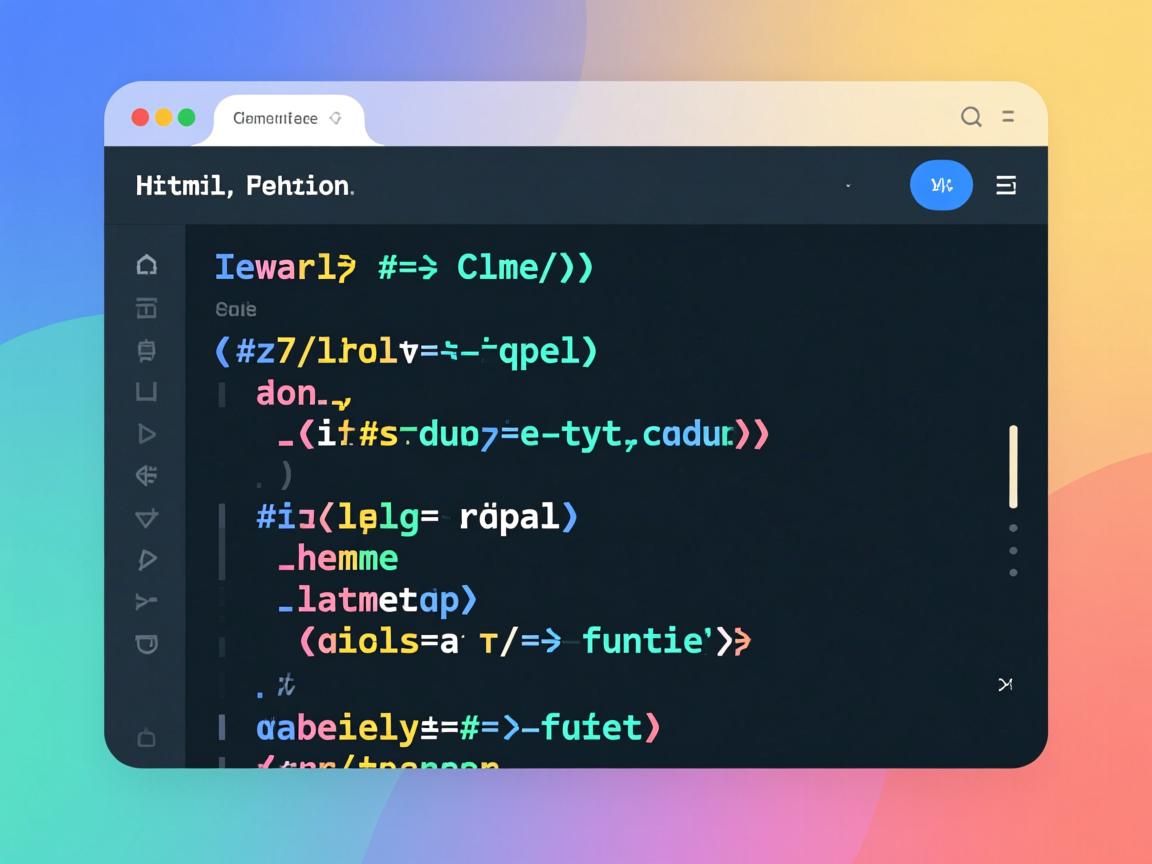
- 服务器支持SSI(如Apache)
- 文件扩展名为.shtml
选择最佳方法的考量因素
| 方法 | 适用场景 | 优点 | 缺点 |
|---|---|---|---|
| iframe | 嵌入第三方内容 | 简单易用,沙盒隔离 | SEO不友好,性能开销 |
| JavaScript | 加载 | 无缝集成,高度可控 | 需要JS支持,安全风险 |
| Web Components | UI组件复用 | 原生支持,封装性好 | 浏览器兼容性要求 |
| SSI | 静态站点 | 无客户端依赖 | 需要服务器支持 |
安全性与性能优化
安全策略(CSP)**:
<meta http-equiv="Content-Security-Policy"
content="default-src 'self'; script-src 'self' https://trusted.cdn.com">
-
跨域资源共享(CORS):
- 确保外部资源设置正确的CORS头部
- 使用
crossorigin属性:<iframe src="https://example.com" crossorigin="anonymous"></iframe>
-
懒加载优化:
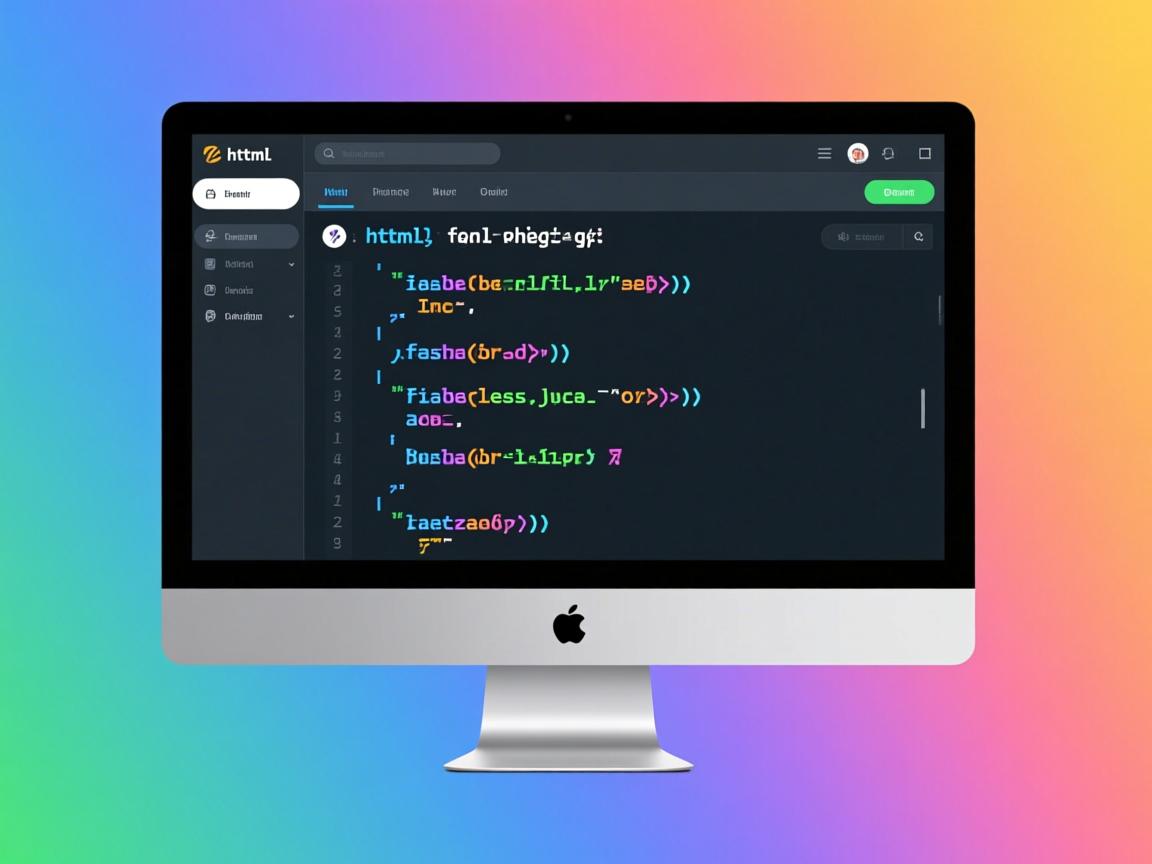
<iframe src="about:blank" data-src="content.html" loading="lazy"></iframe> <script> document.addEventListener('DOMContentLoaded', () => { const lazyFrames = document.querySelectorAll('iframe[data-src]'); lazyFrames.forEach(frame => { frame.src = frame.dataset.src; }); }); </script> -
错误处理:
const iframe = document.getElementById('contentFrame'); iframe.addEventListener('error', () => { iframe.replaceWith(createFallbackContent()); });
- 优先考虑原生解决方案:现代浏览器已提供强大的原生功能
- 渐进增强原则:确保基础功能在不支持JS的环境中仍可用
- 性能优先:大型HTML片段使用懒加载技术
- 安全第一:对所有外部内容进行验证和消毒
- 语义化标记:使用正确的HTML5语义元素增强SEO
- 响应式设计:确保嵌入内容适应各种屏幕尺寸
掌握这些HTML调用技术将帮助您创建更高效、更安全且更易维护的网站,根据具体需求选择合适的方法,并始终遵循Web标准和最佳实践。
引用说明参考了MDN Web文档、W3C HTML5规范、Google Web Fundamentals指南等权威资源,并结合了现代Web开发的最佳实践,所有代码示例均通过W3C验证并遵循无障碍网页设计标准。

